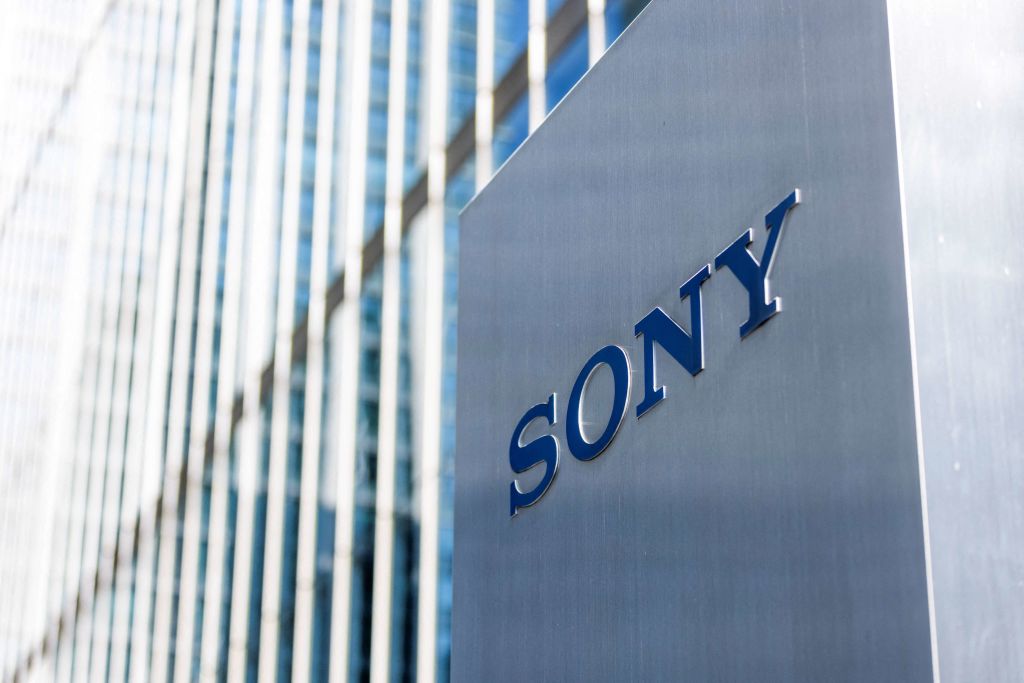The consumer products industry is ever-changing to match the demands of consumers. New product trends can surge suddenly, requiring brands and retailers to pivot quickly. We saw this happen practically overnight at the start of the pandemic, when consumers around the world had to quickly equip their home office with webcams and other computer accessories and traded their work clothes for sweats and comfortable, work-from-home outfits. Now this trend is swinging back around as businesses reopen and consumers head back to the office.
While convenience and value have often been the main drivers behind product popularity trends in the past, quality has also grown in importance. In a recent McKinsey survey on consumer sentiment, it was found that product quality is a key driver for 40% of younger consumers.
Quality control is ,now more than ever, an area that brands cannot afford to ignore, and it requires a new approach amid the ongoing uncertainty that pandemic has caused.
Solving the quality problem
Quality issues cost more than many brands think. According to the American Society for Quality, quality-related costs can consume 15-20% of sales revenue and account for up to 40% of operations costs. And in today’s increasingly online business landscape where online reviews steer the customer journey, quality plays an even more critical role in determining brand reputation.
According to Shopify, up to two-thirds of products purchased online are returned for preventable reasons, including poor quality, damage and not matching descriptions. Furthermore, 93% of customers reference online reviews before buying a product, according to data from Qualtrics, with four out of five reportedly changing their mind about a purchase after reading negative reviews.
But, effectively managing product quality, inventory volume and supplier relationships requires brands to achieve high levels of supplier chain visibility, sourcing flexibility and supplier coordination.
Cloudy with a chance of showers: balancing cost-effectiveness and visibility
The pandemic has taught us that, in order to survive, organizations must adopt an ‘adapt or die’ mentality. This has never been truer than within the supply chain, a function that has been rife with challenges for decades as supply networks become more complex, regulations and consumer scrutiny increase and issues swell in transparency, risk mitigation and quality.
Many brands work with hundreds, if not thousands, of factories and suppliers at any given time. The chain extends from what we see in stores, all the way down to the facilities that dye and finish raw materials or even the farms that grow the fibers used in product parts.
These challenges have been amplified as trade wars, rolling lockdowns and cost increases have led brands to diversify their supplier networks. While such supplier diversification is a potential lifeline, it comes at a cost. Namely, businesses are struggling to maintain standards in quality and ethical compliance and visibility.
According to a recent survey of more than 700 brands and retailers, 77% of companies report having blind spots in their supply chain and two-thirds don’t have streamlined communication with identified contacts with their suppliers. Additionally, over one-third of businesses reported additional ethical issues in their supply chain due to the pandemic. Moreover, the share of supplying factories receiving a failing grade because of critical non-compliance (“red”) climbed to 27%, a three-year high.
Issues around quality and compliance are becoming too big to ignore and those that don’t address this critical gap in their supply chain will perish. It’s no longer a matter of if, but when.
Adapting the end-to-end quality control process
The supply chain is in rapid need of a tech-enabled overhaul. The old way of doing this will no longer suffice. Notably, we’ve even observed this in our own business. QIMA has been partnering with brands for 15 years to help them mitigate the risk associated with poor quality, currently helping more than 14,000 brands by performing on-the-ground inspections and audits in factories.
While we were founded on the mission of being digital-first – first disrupting the traditional inspection industry using data-driven platform – we knew we needed to further disrupt our own business model and deliver end-to-end software for quality control that merges human intelligence with real-time analytics.
In October of last year, QIMA launched its collaborative quality management SaaS platform, QIMAone. The platform brings together all key players within the supply chain – from raw good suppliers to stores – so they can reliably collect quality control data themselves, enabling brands and retailers to have the control and visibility they need to manage quality and supplier relations.
While 65% of quality control leaders still rely heavily on outdated tools such as e-mails and spreadsheets to manage their quality control, QIMAone brings new levels of automation and analytics to an industry that has been bogged down by manual processes.
By using data collection, machine-learning enabled supplier mapping and self-guided inspections, suppliers are empowered to take part in the quality control process in ways they’ve never been able to before. This streamlines workflow, allowing managers to dedicate more time, energy and resources to other lucrative activities – such as building new supplier relationships, business development and digitizing other operational processes.
The path forward: simplifying through technology
A confident and proactive supply chain, backed by powerful data-driven analysis, is a brand’s best bet for increasing sales, boosting profit margins and garnering customer retention and brand loyalty. By focusing on bringing greater visibility through the use of a collaborative platform, brands can predict and prevent quality problems before they become costly disasters. In the end, this allows them to adjust to marketplace changes and manage volatility in their supply chain while adopting more efficient production processes.
In order to survive and thrive in the next normal, it’s imperative for brands to rethink the way they use technology within their supply chain – before it’s too late.



































